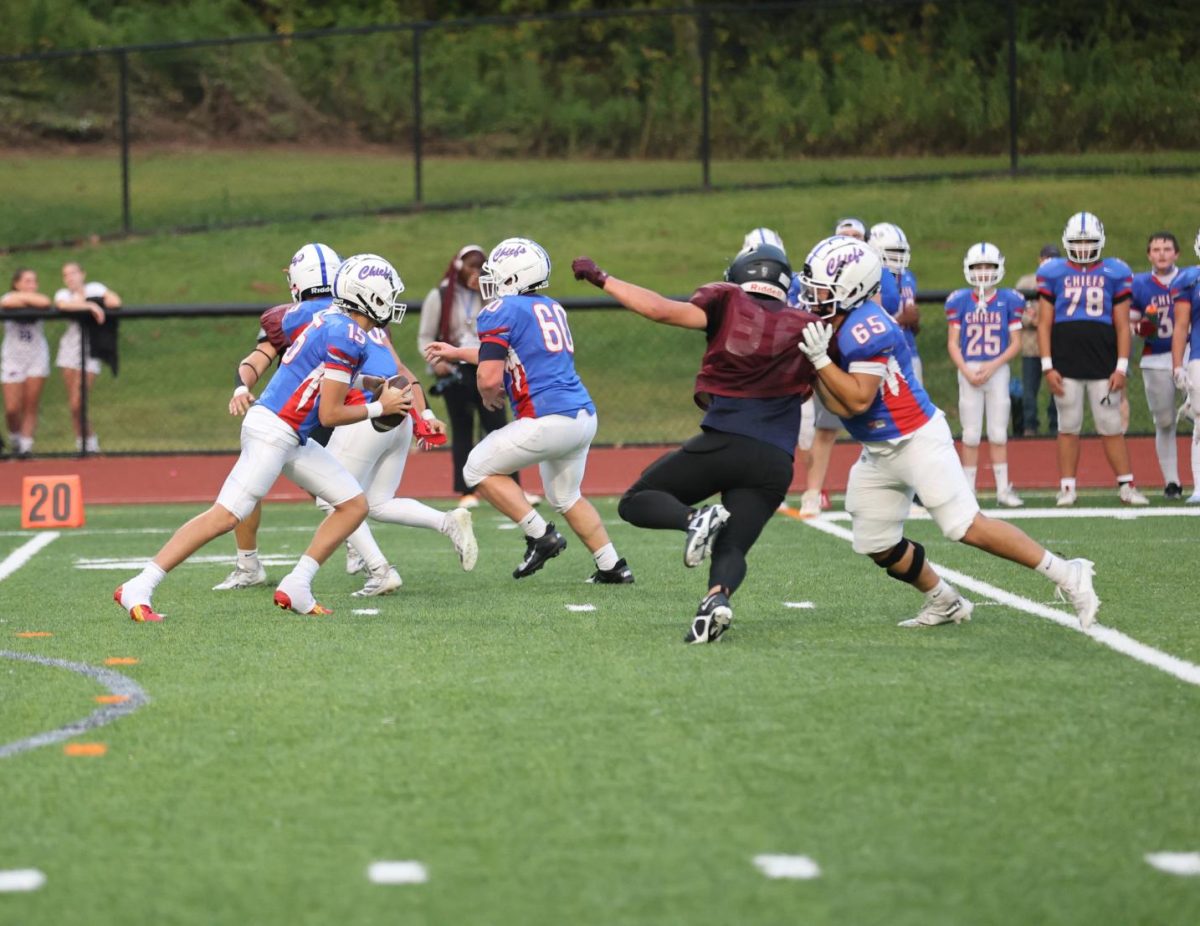Imagine having your salary get cut in half while also moving down to a lower league? On the other hand, you might get a pay raise and get to test yourself against teams in a higher league.
Although this may seem unimaginable in American sports, it is a common reality in European soccer and throughout the world. This league format is known as promotion and relegation.
Promotion is where the top few teams from each league move up a league, and relegation is where the bottom teams move down. In the top leagues of many countries, three teams move up and three teams move down. This interesting structure of the leagues has many pros and cons in Europe.
But what if they included this in U.S. soccer? How would it impact the sport in America?
There would be many benefits to promotion and relegation if they included it in the U.S.
Woodbury Middle School eighth-grade teacher and Nonnewaug girls soccer coach Adam Brutting thinks it would have lots of benefits.
“I think it really promotes the competitiveness of the sport and really gets teams to work hard to win,” Brutting said. “I think it would make everything feel like a playoff, right? And that’s what fans love.”
Promotion and relegation would also create many moments of ups and downs for the fans.
Luke Farisello, an eighth-grade student at WMS who is also a soccer player, says the system would be good for smaller teams.
“I think it would be good because it would give some of the smaller teams, like, say, Hartford Athletic [a professional soccer team that plays in the USL, below Major League Soccer] a chance to feel what it’s like at the top. Regarding relegation, though, it would obviously be hard to see your team go down and have to play in the USL. But overall, yeah, I think that it would be a good idea.”
The financial benefits of this concept would be immense. An article published by the Stanford Institute for Economic Policy Research showed the economic effects of promotion and relegation in English football. The article showed that promotion and relegation caused the players to earn higher wages. Also, it can cause more attendance at games, which would ultimately lead to teams earning more money (Noll, 2002).
Callan Rinko, an eighth-grade student at WMS, said the system could also create stars.
“I think it could really make players shine,” Rinko said. “This can definitely affect youth academies in the big teams, but players from a bad team in the second division could also come all the way to the MLS and really shine.”
There are also many disadvantages of including promotion and relegation in American soccer. One of these downsides is that the financial difference between the different leagues might be too large.
“The teams that don’t have as much money are going to struggle and be relegated on a regular basis versus the teams that have a lot of money,” Brutting said.
This could create problems if they did include promotion and relegation. There also may be too big of a gap between the leagues and situations where teams would get destroyed every game.
“You could have promoted teams face the MLS teams and they could get crushed 10-0,” Rinko said.
This could create problems and unfairness as the quality between the two leagues might not be close. This is connected to the financial division as some teams may have a lot of money and can buy much better players than the smaller clubs.
Promotion and relegation in the U.S. may not have the same impacts as it would in Europe as the quality and popularity of soccer are different, but it could have many benefits, such as boosting the popularity of soccer in the U.S.















